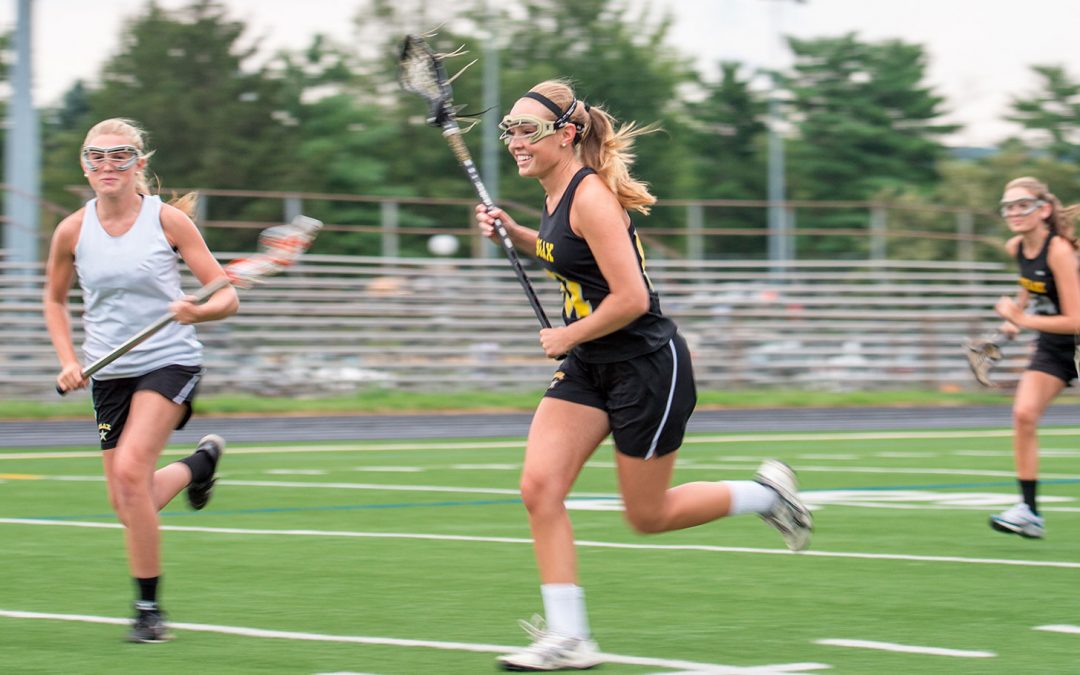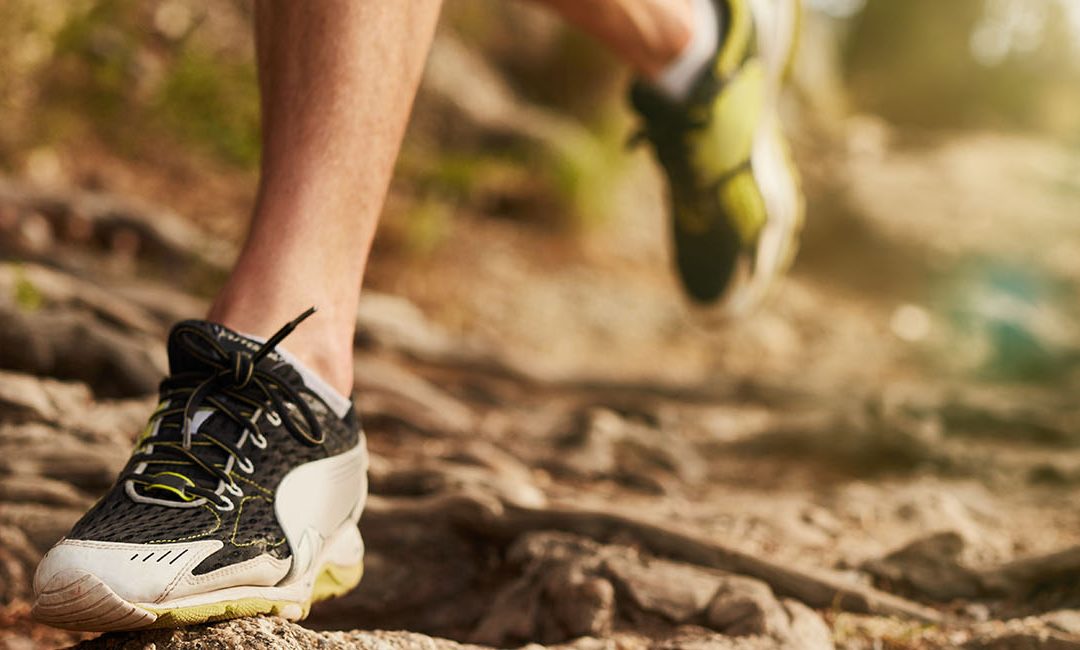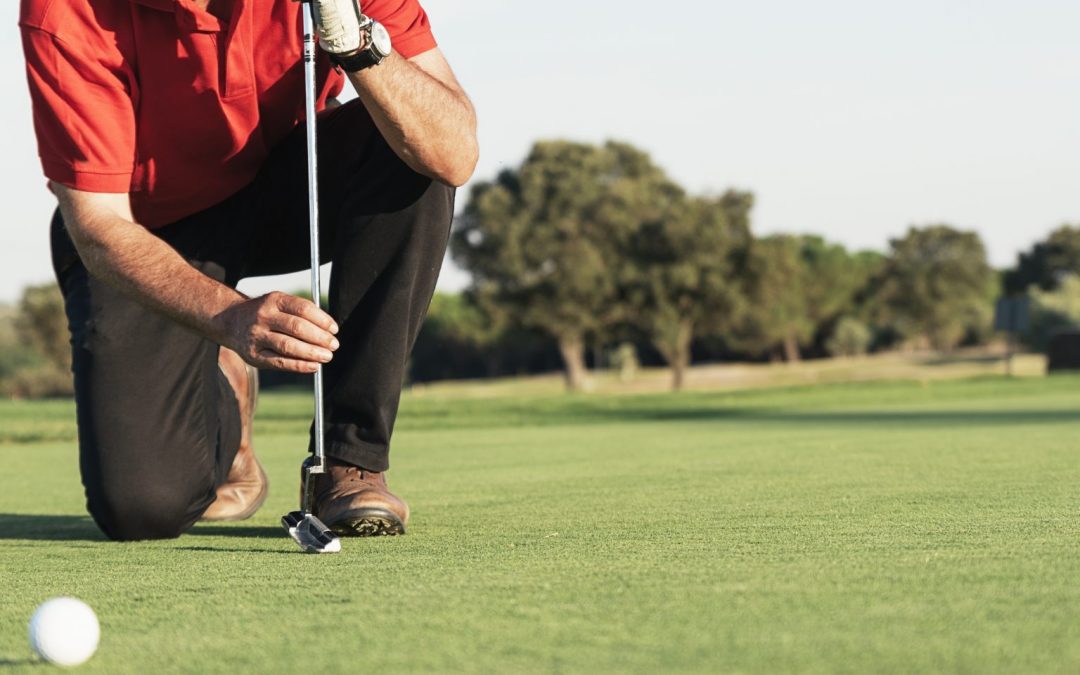Welcome To Our Blog

Hip Flexor Strain
The hip flexors refer to a group of muscles at the front of the thigh that allows an individual to lift the leg or bend at the waist. Overstretching or tearing of any of these muscles is known as a Hip Flexor Strain. The injury most commonly affects the iliopsoas muscle, which extends from the lower back to the thigh bone. Runners, hockey players and martial arts practitioners are more likely to suffer a Hip Flexor Strain. In medical terms, the condition is also known as Iliopsoas Strain, Pulled Hip Flexor, Strained Iliopsoas Muscle and Psoas Strain. Depending upon the...

Ankle Dislocation: Causes, Symptoms and Treatment
The ankle is a hinge joint which connects the foot bones to the leg. It bears the maximum bodyweight which makes it prone to injuries. The two leg bones, fibula and tibia, are connected to the talus (ankle bone) and supported by many tendons, ligaments, connective tissues as well as muscles. These enable the joint to function and remain stable. A strong force may damage the connective tissues and lead to the displacement of the constituent bones. This condition is termed as Ankle Dislocation. In most cases, the injury occurs in association with other foot injuries such as...

Spinal Arthritis
Spinal Arthritis is a progressive disorder that gradually damages the facet joints, wears out the intervertebral discs and consequently affects other parts of the spine as well. It leads to the hardening of the vertebrae and hampers an individual’s ability to bend, move or twist. The condition most commonly affects the lower back as it bears the maximum body weight. Causes Direct injury or trauma to the spine A spine surgery Age related wear and tear of the cartilage between the vertebrae Calcium deficiency Use of corticosteroid injections Overweight Post-menopausal changes...

Osgood-Schlatter Disease
Osgood-Schlatter Disease (OSD) is an inflammatory disorder of the knee joint that affects adolescents who actively participate in sports activities. The inflammation typically occurs at the point within the knee joint where the patellar tendon is attached to the shin bone. Adolescents experience growth spurts due to the development of tendons, bones, muscles and ligaments. Physical activity, such as running and jumping, further increases the pressure on the joints and leads to inflammation. Growing children have special growth plates that are covered by the tibial tubercle, a...

Distal Biceps Tendon Rupture
Biceps, also termed as the biceps brachii, refers to the thick muscle that lies in front part of the upper arm. It is connected both to the shoulder and the elbow by two different tendons that help attach muscles to the bones. The tendons are made up of collagen which gives them flexibility and high tensile strength. The tendon that attaches the biceps muscle to the elbow is called the Distal Biceps Tendon. It connects the biceps to the radius bone which forms a part of the forearm. Tearing of this tendon and its detachment from the bone is referred to as Distal Biceps Tendon...

